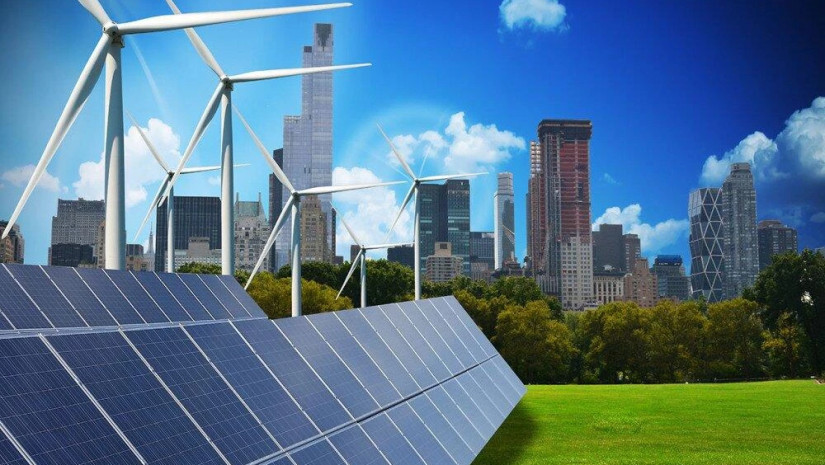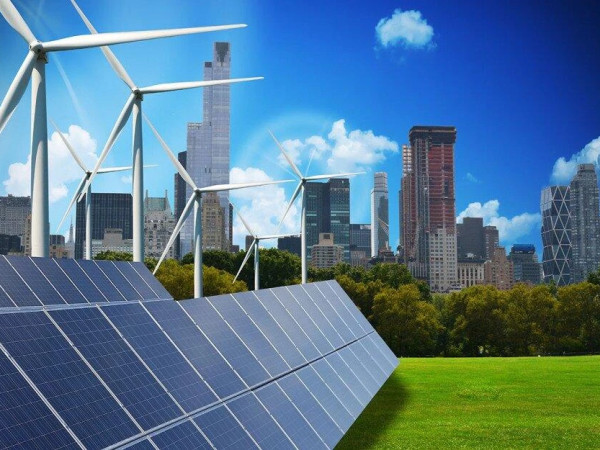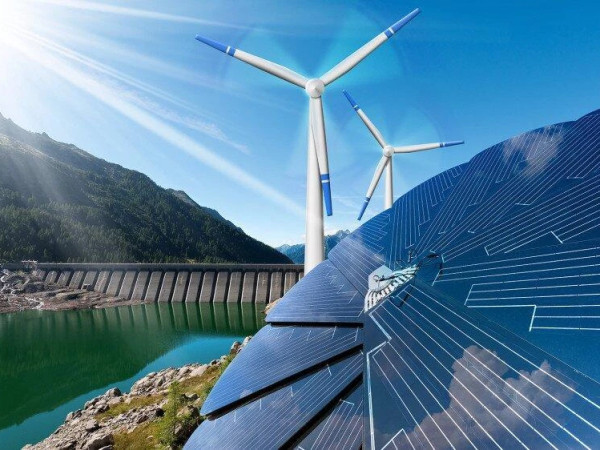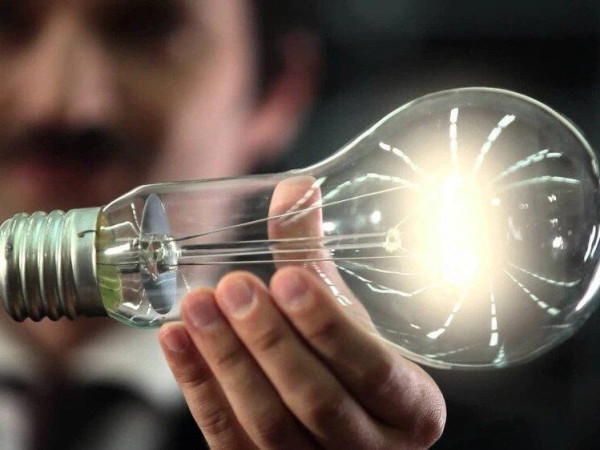Energy for heating and cooling represents almost 50% of the EU’s total gross final energy consumption. In absolute terms, the gross final consumption of renewable energy for heating and cooling purposes in the EU has gradually increased over time (mostly due to the contribution of biomass and heat pumps), EuroStat reports.
However, for 2021, gross consumption of all fuels also increased mainly due to economic recovery after lifting COVID-19 restrictions. As a result, the share of renewable energy in gross final consumption for heating and cooling purposes decreased by 0.1 percentage points (pp), from 23.0% in 2020 to 22.9% in 2021. This is almost double the value in 2004 (11.7%). Developments in the industrial sector, services and households (including the electrification of heating by using heat pumps) contributed to the growth of renewable energy in heating and cooling.
Among the EU Member States, Sweden stood out with more than two-thirds (68.6%) of the energy used for heating and cooling in 2021 stemming from renewable sources (mostly biomass and heat pumps), followed by Estonia (61.3%), Latvia (57.4%) and Finland (52.6%), all of them using a large share of biomass.
In contrast, the lowest shares of renewable sources for heating and cooling were recorded in Ireland (5.2%), the Netherlands (7.7%) and Belgium (9.2%).
All EU Member States reported an increase from 2004 to 2021. The highest increases were recorded in Cyprus (+32.1 percentage points; pp), followed by Malta (+30.3 pp), Estonia (+28.0 pp) and Sweden (+22.7 pp). Smaller increases were recorded in Ireland (+2.3 pp), Belgium (+6.3 pp) and the Netherlands (+5.5 pp).















